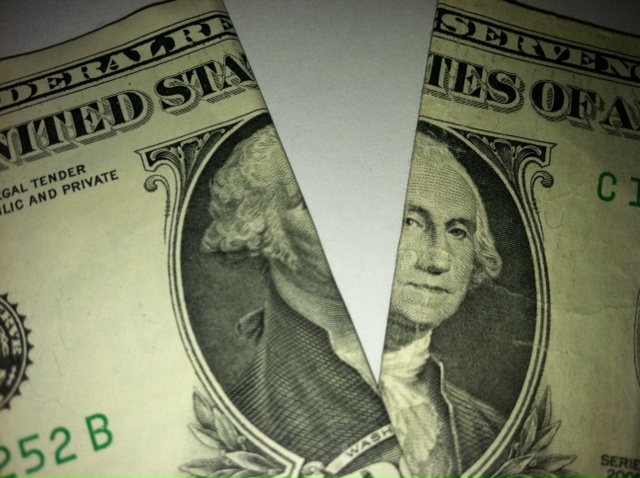Banking, finance, and taxes
Goldman Sachs Calls For Higher Bond Yields... What It Really Means To Your Money
Published:
Last Updated:
It has been hard to ignore the rise in bond yields on the longer end of the Treasury curve in recent days. The market keeps looking for clues from Federal Reserve Chairman Ben Bernanke and even from regional Federal Reserve presidents. Now we have Goldman Sachs Group Inc. (NYSE: GS) looking for higher Treasury yields by the end of 2013.
The call from Goldman Sachs may not look like much on the surface, but investors who are holding all of these 10-year Treasury notes and 30-year Treasury Bonds better understand that the safety they purchased in uncertain times could literally come with years’ worth of interest and coupon payments gobbled up if rates rise handily.
Goldman Sachs sees 10-year U.S. Treasury yields rising from 2.03% or so today to 2.25% in the next few months and to as high as 2.50% by the end of 2013. The firm also sees inflation-adjusted TIPS rising back into positive yields from negative yields as of now. Get ready for higher yields in Japan as well. Goldman is now expecting that Japanese Government Bond yields will rise to 1.0% rather than 0.8% by the end of 2013.
So, what does this really mean to you and your money?
Investors should not have to panic over a 50 basis point rise all that much on the surface. The problem is that once rates rise, they have historically not just risen by 50 basis points or so and then stabilized. Rate cycles have historically risen much more and the only difference now is that we are coming off of historic low yields and investors currently do not demand as high of a “return on capital” after a period that a “return of capital” was temporarily good enough.
What investors need to brace for is what happens if rates rise 100 basis points or more say over the course of a year. If the 30-year long bond rises 100 basis points in a short period of time then the holder of that Treasury Bond will see the face value or market price of that bond fall by about 15% or a tad worse.
Many investors do not realize the price risk in long-dated Treasury and other bonds because bonds have been in a secular bull market for so long. The real risk is if interest rates rise 150 basis points, 200 basis points, or even more. Most long-term Treasury investors are not really prepared for that sort of move. Most would even feel like they had been duped by the Fed and the government if the value of their long-term bond portfolio is suddenly worth 10%, 20%, or even 30% less than what they paid.
Rates will ultimately go higher. What remains up for debate is when and by how much.
Credit card companies are at war. The biggest issuers are handing out free rewards and benefits to win the best customers.
It’s possible to find cards paying unlimited 1.5%, 2%, and even more today. That’s free money for qualified borrowers, and the type of thing that would be crazy to pass up. Those rewards can add up to thousands of dollars every year in free money, and include other benefits as well.
We’ve assembled some of the best credit cards for users today. Don’t miss these offers because they won’t be this good forever.
Flywheel Publishing has partnered with CardRatings for our coverage of credit card products. Flywheel Publishing and CardRatings may receive a commission from card issuers.
Thank you for reading! Have some feedback for us?
Contact the 24/7 Wall St. editorial team.